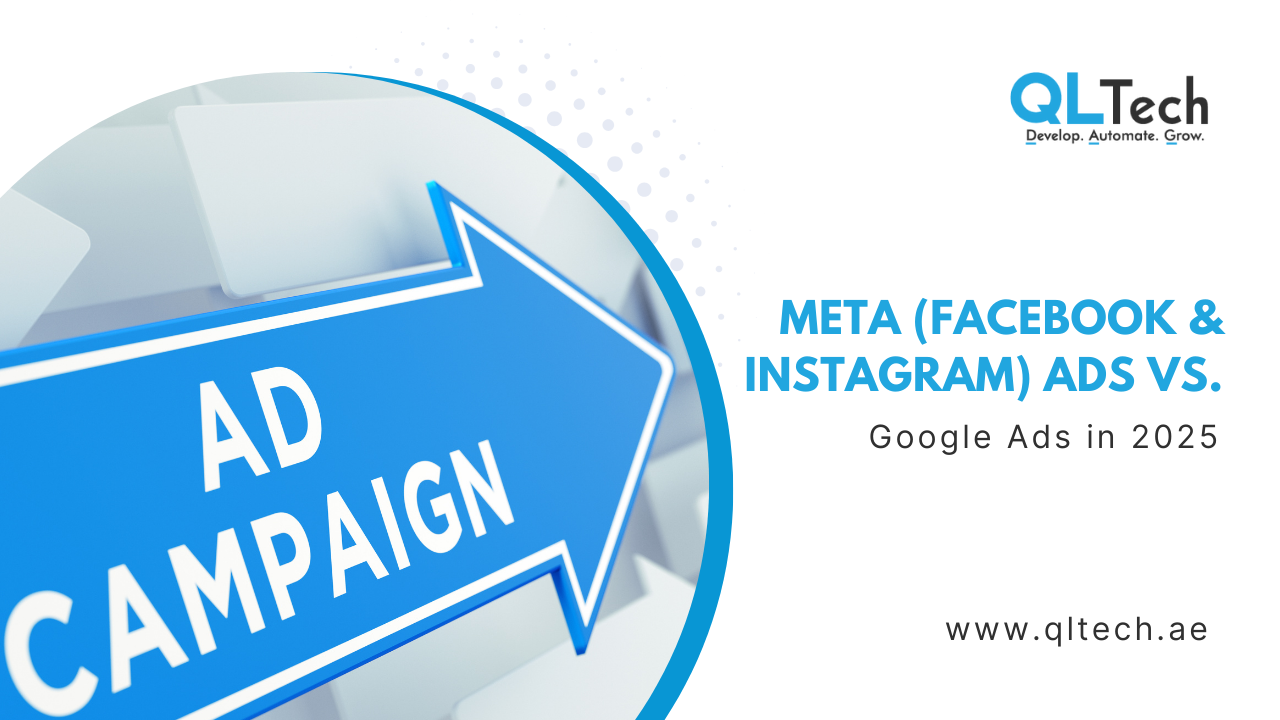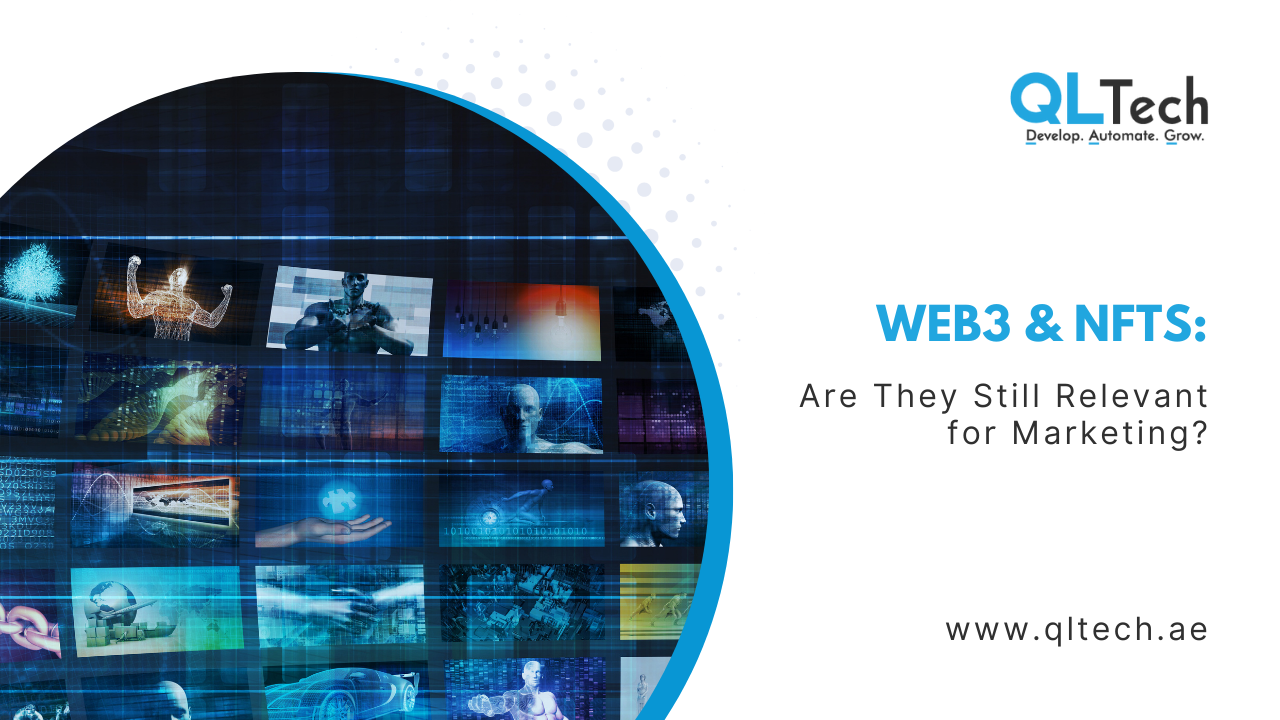Google’s next big Android update, Android 16, is already generating buzz among developers and tech enthusiasts.

- Enhanced AI Integration
- Improved Privacy & Security
- Revamped UI & Customization
- Performance & Battery Upgrades
- Developer-Friendly Features
- When Can We Expect Android 16?
While the official release is expected later this year, early beta versions and leaks hint at exciting new features. Here’s what we know so far.
Android 16 is expected to deepen its AI capabilities, building on Gemini AI (Google’s advanced AI model). Features may include: Smarter voice assistant with more contextual responses. AI-powered battery optimization for longer device life.
Google continues to prioritize security with: Advanced app permission controls (more granular settings). Real-time phishing detection in messages and emails. Stronger encryption for sensitive data.
More dynamic theming options (wallpaper-based UI adjustments). New lock screen widgets for quick access. Smoother animations for a premium feel.
Project Mainline” enhancements for seamless system updates. Adaptive refresh rate for better battery efficiency. Faster app launches with optimized memory management.
New APIs for foldable & wearable devices. Better cross-device syncing (Android, ChromeOS, Wear OS). Enhanced machine learning tools for app developers.
The first beta is likely to drop around mid-2024, with a stable release in Q3/Q4 2024. Pixel devices will get it first, followed by other OEMs.
Final Thoughts
Android 16 seems to focus on AI, privacy, and smoother UX, making it a significant upgrade. Developers should start preparing for new APIs, while users can look forward to smarter, faster, and more secure experiences.
What feature are you most excited about? Let us know in the comments!



